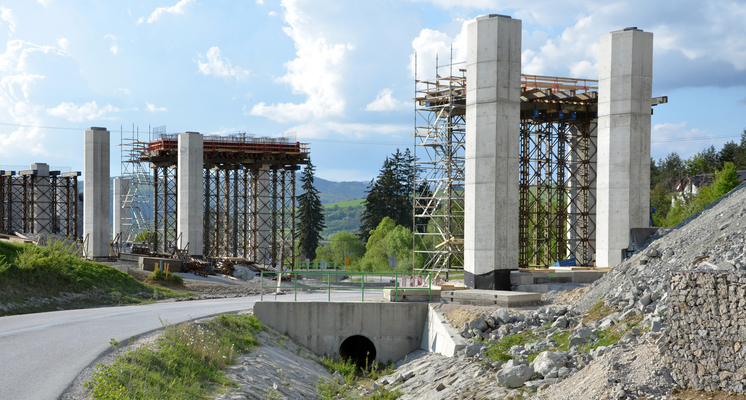LANSING — The nation’s infrastructure — from roads to dams to drinking water — is still close to failing.
Four years after its last check-in, the American Society of Civil Engineers again gave the nation’s infrastructure an overall grade of D+, the same score it earned in 2013. Only now, the price tag to fix it has gotten more expensive.
The Reston, Va.-based professional organization pegged the cost to improve the nation’s infrastructure systems at $4.59 trillion by 2025; in 2013, estimates reached $3.6 trillion in needed repairs over eight years. Experts long have warned that delaying maintenance on infrastructure will lead to higher costs later.
Michigan did not receive a state-specific grade as part of the national scorecard released this week. The engineering society last gave the state a D grade in 2009, making Michigan the worst state in the nation when it comes to infrastructure.
But it did note a few areas of concern: Michigan’s poor roads cost drivers $540 per year, slightly more than 11 percent of the state’s bridges are structurally deficient and 88 dams are potentially hazardous. The state’s wastewater systems alone need more than $2 billion over 20 years, it said, though the amount is dwarfed by the $13.8 billion estimated to be needed for drinking water systems.
Tap water is still not safe to drink unfiltered in Flint, now three years after a cost-saving switch in water sources caused a lead-poisoning crisis.
“This deteriorating infrastructure impedes Michigan’s ability to compete in an increasingly global marketplace,” the ASCE wrote. “Success in a 21st-century economy requires serious, sustained leadership on infrastructure investment at all levels of government. Delaying these investments only escalates the cost and risks of an aging infrastructure system, an option that the country, Michigan and families can no longer afford.”
The engineering society rates 16 different infrastructure programs, including roads and bridges, dams, wastewater and drinking water systems, aviation, energy transmission, ports, rail and transit. Only seven areas showed improvement nationally in the 2017 results, and only rail marked more than a modest uptick — from C+ in 2013 to B in 2017.
ASCE’s recommendations include boosting public and private investment on infrastructure, including from federal, state and local governments, from 2.5 percent to 3.5 percent of U.S. GDP by 2025; life-cycle planning and “bold leadership” among governmental and private-sector administrators; and long-term planning that accounts for economic, social and environmental impacts.
Nationally, infrastructure funding is estimated to be short by more than $2 trillion of needed investment.
“If the United States continues on this trajectory and fails to invest,” its authors wrote, “the nation will face serious economic consequences, including $3.9 trillion in losses to U.S. GDP and more than 2.5 million American jobs lost in 2025.”
In Michigan, the funding gap is estimated to be $4 billion per year short of what is needed just to maintain the infrastructure systems that exist today, according to the findings of Gov. Rick Snyder’s 21st Century Infrastructure Commission, which released its report in December.
READ MORE AT: http://www.crainsdetroit.com/article/20170310/BLOG020/170319987/nations-infrastructure-earns-d-grade-in-new-scorecard

